
How to Use KY-009: Examples, Pinouts, and Specs
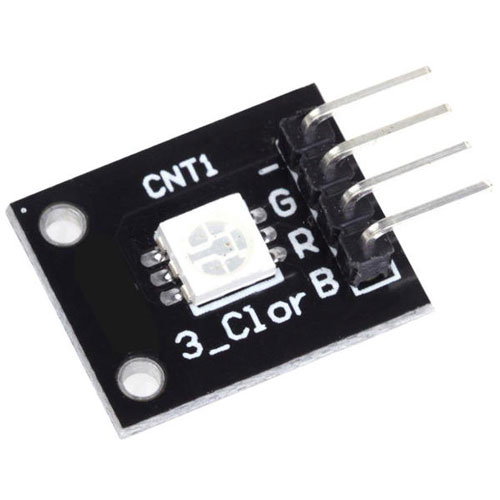
 Design with KY-009 in Cirkit Designer
Design with KY-009 in Cirkit DesignerIntroduction
The KY-009 is a simple RGB LED module manufactured by Arduino (Part ID: 2). This module features a Red-Green-Blue (RGB) LED that allows users to control the color and brightness of the light using Pulse Width Modulation (PWM). It is a versatile component commonly used in projects requiring visual indicators, decorative lighting, or color-based feedback systems.
Explore Projects Built with KY-009
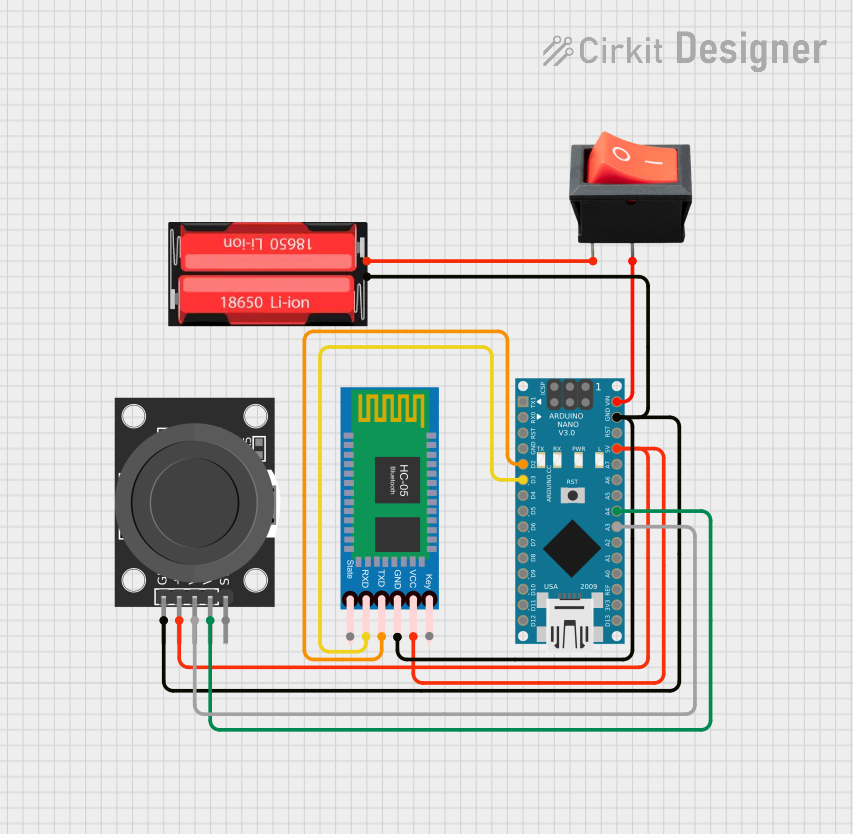
 Open Project in Cirkit Designer
Open Project in Cirkit Designer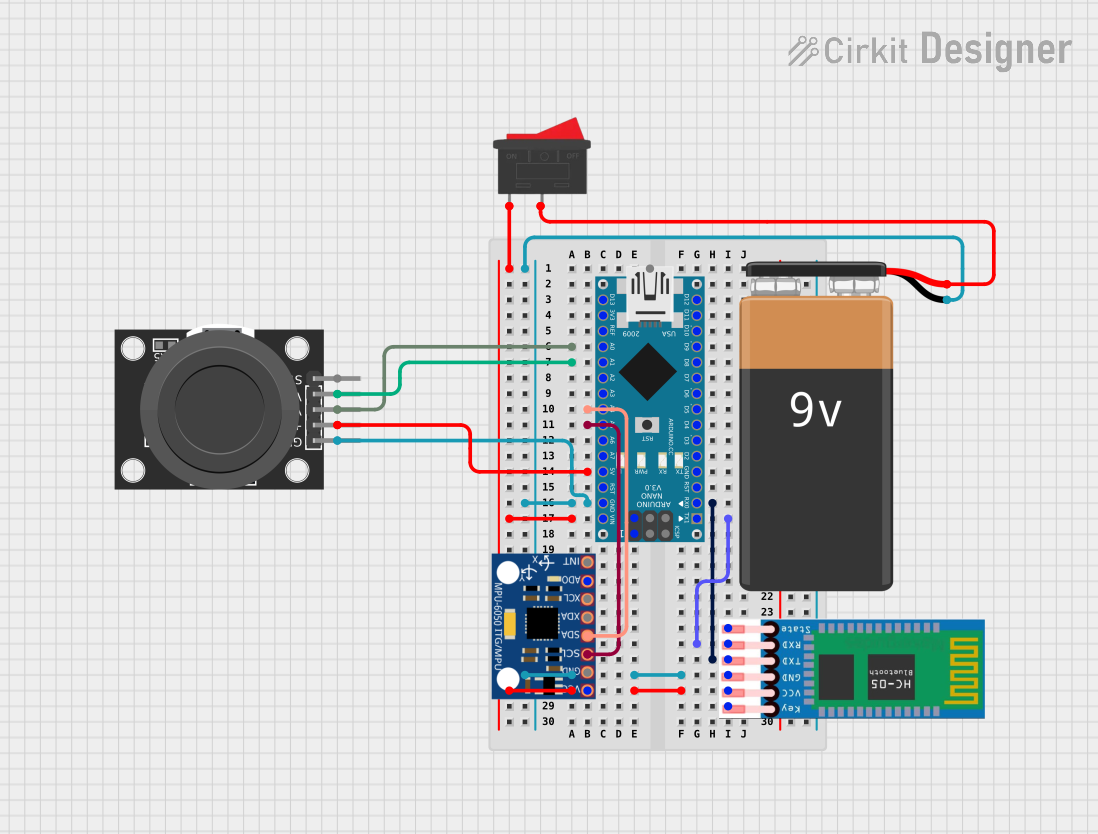
 Open Project in Cirkit Designer
Open Project in Cirkit Designer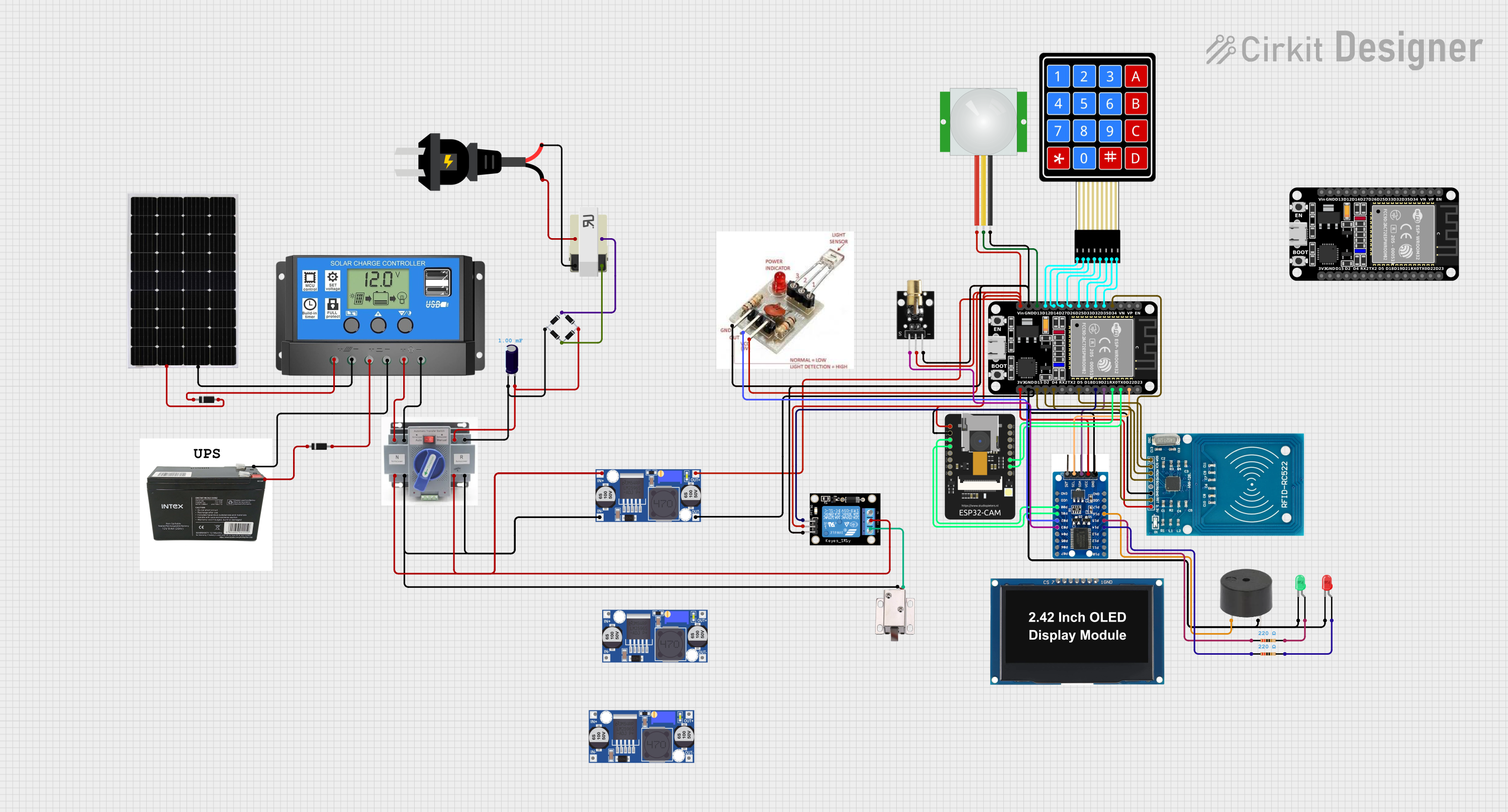
 Open Project in Cirkit Designer
Open Project in Cirkit Designer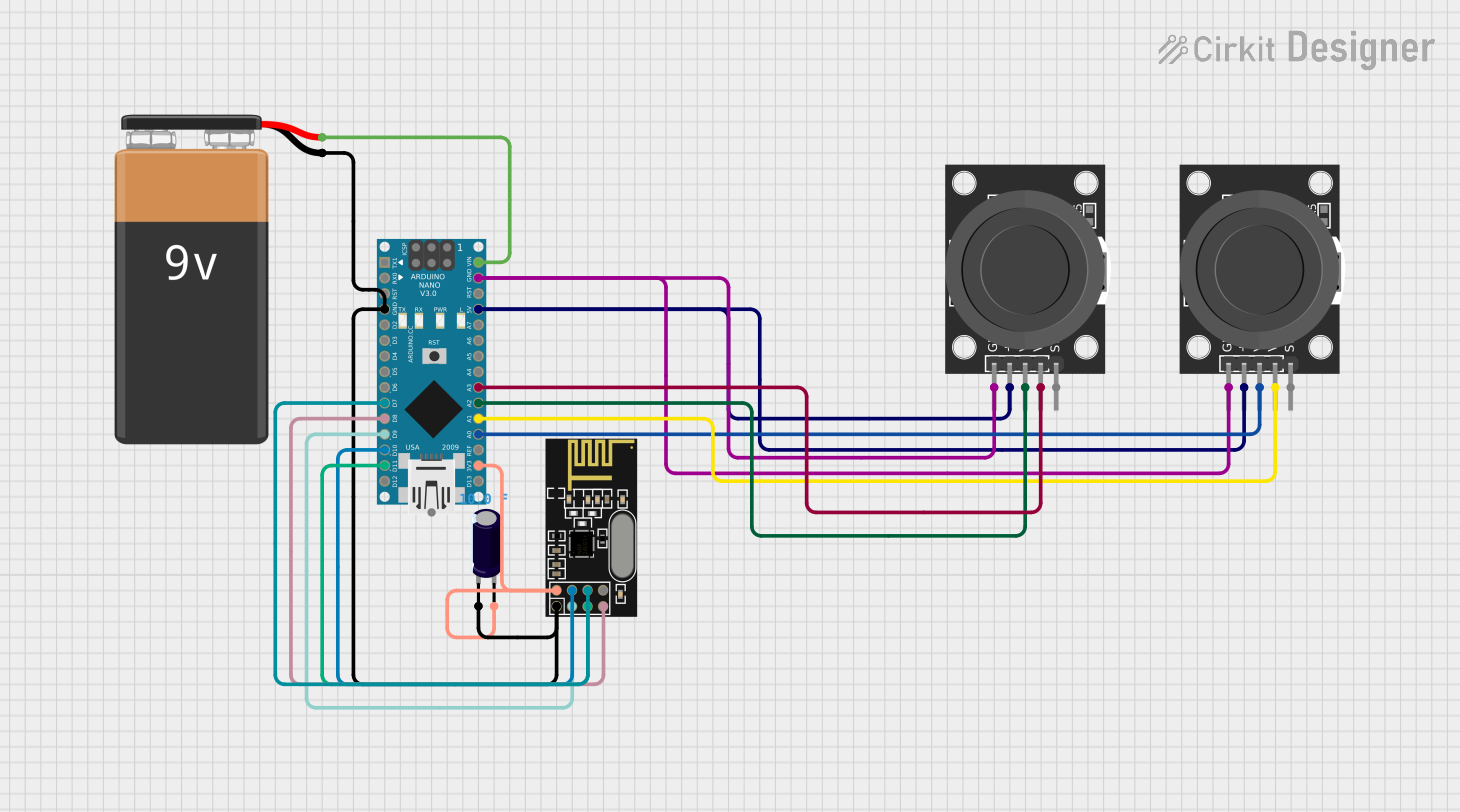
 Open Project in Cirkit Designer
Open Project in Cirkit DesignerExplore Projects Built with KY-009

 Open Project in Cirkit Designer
Open Project in Cirkit Designer
 Open Project in Cirkit Designer
Open Project in Cirkit Designer
 Open Project in Cirkit Designer
Open Project in Cirkit Designer
 Open Project in Cirkit Designer
Open Project in Cirkit DesignerCommon Applications and Use Cases
- Visual indicators for electronic projects
- Decorative lighting in DIY projects
- Color-coded feedback systems
- Educational projects to demonstrate PWM and LED control
- Mood lighting or ambient light systems
Technical Specifications
The KY-009 module is designed for ease of use and compatibility with microcontrollers like the Arduino UNO. Below are its key technical details:
Key Technical Details
- Operating Voltage: 3.3V to 5V
- Current Consumption: ~20mA per LED channel (Red, Green, Blue)
- LED Type: Common cathode RGB LED
- Control Method: PWM for each color channel
- Dimensions: 18.5mm x 15mm x 7mm (approx.)
Pin Configuration and Descriptions
The KY-009 module has 4 pins, as described in the table below:
| Pin | Name | Description |
|---|---|---|
| 1 | R (Red) | Connect to a PWM-capable pin on the microcontroller to control the red channel. |
| 2 | G (Green) | Connect to a PWM-capable pin on the microcontroller to control the green channel. |
| 3 | B (Blue) | Connect to a PWM-capable pin on the microcontroller to control the blue channel. |
| 4 | GND (Ground) | Connect to the ground of the power supply or microcontroller. |
Usage Instructions
The KY-009 module is straightforward to use in circuits. Below are the steps and best practices for integrating it into your project.
How to Use the KY-009 in a Circuit
- Connect the Pins:
- Connect the
R,G, andBpins to PWM-capable pins on your microcontroller (e.g., Arduino UNO). - Connect the
GNDpin to the ground of your power supply or microcontroller.
- Connect the
- Write a Program:
- Use PWM signals to control the brightness of each color channel (Red, Green, Blue).
- By varying the duty cycle of the PWM signals, you can mix colors to create a wide range of hues.
- Power the Circuit:
- Ensure the module is powered within its operating voltage range (3.3V to 5V).
Important Considerations and Best Practices
- Resistors: Use current-limiting resistors (220Ω to 330Ω) on the
R,G, andBpins to prevent excessive current draw and protect the LED. - PWM Pins: Ensure the microcontroller pins connected to
R,G, andBsupport PWM functionality. - Heat Management: Avoid running the LED at maximum brightness for extended periods to prevent overheating.
- Power Supply: Use a stable power supply to avoid flickering or inconsistent brightness.
Example Code for Arduino UNO
Below is an example Arduino sketch to control the KY-009 module and create a color-fading effect:
// Define the PWM pins connected to the KY-009 module
const int redPin = 9; // Red channel connected to pin 9
const int greenPin = 10; // Green channel connected to pin 10
const int bluePin = 11; // Blue channel connected to pin 11
void setup() {
// Set the RGB pins as output
pinMode(redPin, OUTPUT);
pinMode(greenPin, OUTPUT);
pinMode(bluePin, OUTPUT);
}
void loop() {
// Gradually increase and decrease brightness of each color
for (int i = 0; i <= 255; i++) {
analogWrite(redPin, i); // Increase red brightness
analogWrite(greenPin, 255 - i); // Decrease green brightness
analogWrite(bluePin, i / 2); // Adjust blue brightness
delay(10); // Small delay for smooth fading
}
}
Troubleshooting and FAQs
Common Issues and Solutions
LED Not Lighting Up:
- Cause: Incorrect wiring or missing ground connection.
- Solution: Double-check the connections, ensuring the
GNDpin is properly connected.
Incorrect Colors or No Color Mixing:
- Cause: PWM pins not used or incorrect pin assignments in the code.
- Solution: Verify that the
R,G, andBpins are connected to PWM-capable pins on the microcontroller. Update the pin assignments in the code if necessary.
Flickering or Inconsistent Brightness:
- Cause: Unstable power supply or insufficient current-limiting resistors.
- Solution: Use a stable power source and ensure appropriate resistors are used on the
R,G, andBpins.
Overheating:
- Cause: Running the LED at maximum brightness for extended periods.
- Solution: Reduce the duty cycle of the PWM signals or add a heat sink if necessary.
FAQs
Q1: Can I use the KY-009 with a 3.3V microcontroller?
A1: Yes, the KY-009 is compatible with both 3.3V and 5V systems. Ensure the PWM signals are within the operating voltage range.
Q2: How do I create specific colors with the KY-009?
A2: By adjusting the PWM duty cycles for the R, G, and B pins, you can mix colors. For example:
- Red:
analogWrite(redPin, 255); analogWrite(greenPin, 0); analogWrite(bluePin, 0); - Green:
analogWrite(redPin, 0); analogWrite(greenPin, 255); analogWrite(bluePin, 0); - Blue:
analogWrite(redPin, 0); analogWrite(greenPin, 0); analogWrite(bluePin, 255);
Q3: Do I need external components to use the KY-009?
A3: Yes, it is recommended to use current-limiting resistors (220Ω to 330Ω) to protect the LED from excessive current.